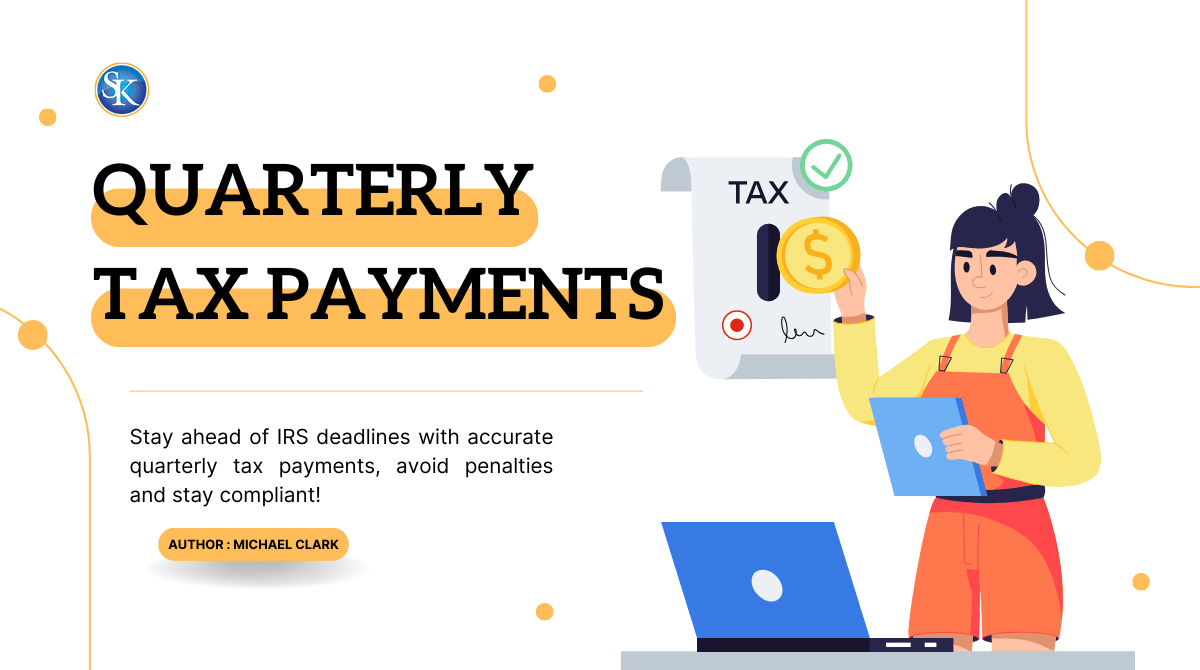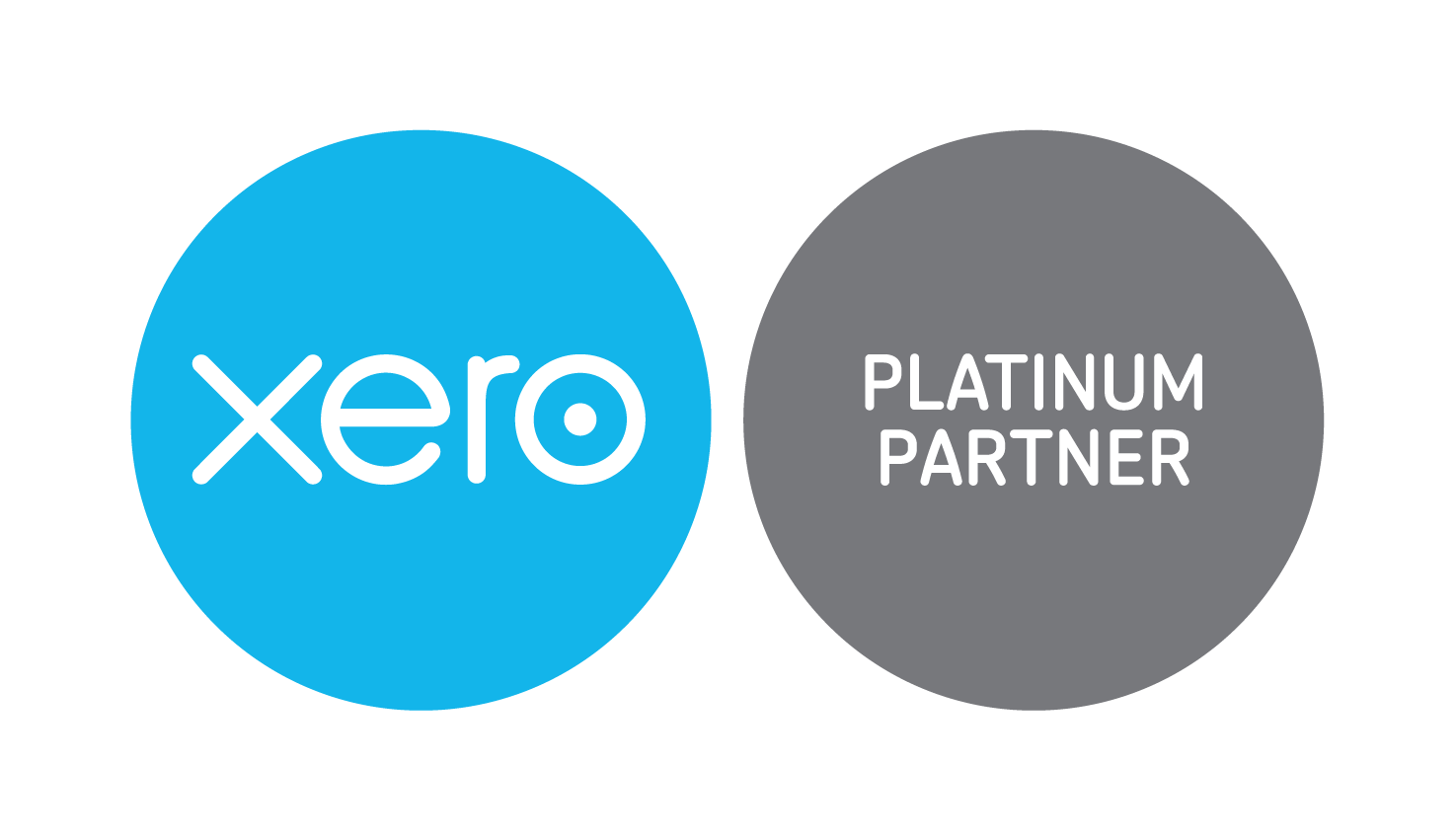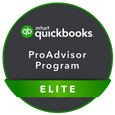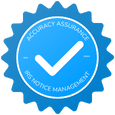
Quarterly tax payments: when should you pay in 2024-2025?
Quarterly tax payments for 2024 are essential for self-employed individuals, small business owners, and freelancers who earn income without tax withholding. Unlike traditional employees, you must estimate and pay taxes throughout the year to avoid IRS penalties and a large tax bill in April. If you expect to owe $1,000 or more in taxes, making quarterly estimated tax payments is required.
What Are Quarterly Tax Payments?
Quarterly tax payments, also known as estimated tax payments, are payments made to the IRS four times a year to cover income tax and self-employment tax (which includes Social Security and Medicare taxes). These payments ensure that individuals who don’t have tax withholding such as freelancers, contractors, and small business owners are paying their fair share throughout the year.
why might preparing taxes be different for people living in different states
The tax system in the United States operates on a pay-as-you-go basis. This means the government expects taxpayers to pay taxes on their earnings as they make money rather than waiting until the end of the year. Employers automatically deduct taxes from their employees’ paychecks, but self-employed individuals and business owners must handle this obligation themselves. If you ignore quarterly payments or underpay, the IRS can impose penalties and interest, making it even more expensive when tax season arrives.
The good news is that once you understand how these payments work and plan accordingly, they become much easier to manage. With proper preparation, you can ensure that tax season is smooth, and you won’t have to worry about a large tax bill or unexpected penalties.
Who Needs to Make Quarterly Tax Payments?
Not everyone is required to make estimated payments, but if you fall into any of the following categories, you must make quarterly tax payments in 2024:
Self-Employed Individuals
If you work as a freelancer, independent contractor, gig worker, or consultant, you do not have an employer withholding taxes from your income. Since you’re responsible for your own tax payments, you must estimate and pay taxes every quarter if you expect to owe at least $1,000 in taxes for the year.
best outsource cpa for startup
Small Business Owners
If you own a sole proprietorship, are a partner in a partnership, or operate an S corporation, you may be required to pay estimated taxes. Many small business owners fail to plan for taxes throughout the year and end up facing significant financial strain when tax season arrives. Properly managing quarterly tax payments in 2024 can help you avoid this situation.
Individuals with Additional Income
If you earn significant income from rental properties, dividends, investments, or side businesses, you may need to make estimated tax payments. These income sources do not have automatic tax withholding, so the IRS expects you to make periodic payments throughout the year.
W-2 Employees with Insufficient Withholding
Even if you have a regular job, you might still need to make estimated tax payments if your employer is not withholding enough taxes. This often happens to people with multiple jobs or those who receive bonuses, commissions, or other income sources that increase their tax liability. Understanding whether you need to make estimated payments is crucial to avoid IRS penalties. If you're unsure, consulting with a tax professional like SK Financial CPA can provide clarity and keep you compliant.
Quarterly Tax Payment Deadlines
To avoid penalties, you must submit your estimated tax payments by the following deadlines for 2024
|
Quarter |
Income Period |
Payment Due Date |
|
Q1 |
January 1 – March 31 |
April 15, 2024 |
|
Q2 |
April 1 – May 31 |
June 17, 2024 |
|
Q3 |
June 1 – August 31 |
September 16, 2024 |
|
Q4 |
September 1 – December 31 |
January 15, 2025 |
Estimated tax payments by the following deadlines for 2025
|
Quarter |
Income Period |
Payment Due Date |
|
Q1 |
January 1 – March 31 |
April 15, 2025 |
|
Q2 |
April 1 – May 31 |
June 16, 2025 |
|
Q3 |
June 1 – August 31 |
September 15, 2025 |
|
Q4 |
September 1 – December 31 |
January 15, 2026 |
If a deadline falls on a weekend or holiday, it will be extended to the next business day. Missing a payment deadline can lead to penalties, so it’s crucial to plan ahead and set reminders to avoid unnecessary fees.
How to Calculate Your Quarterly Tax Payments
Calculating your quarterly tax payments in 2024 requires a few steps, but once you understand the process, it becomes second nature.
- Calculating your quarterly tax payments for 2024 requires a few steps, but once you understand the process, it becomes second nature. Many freelancers and small business owners struggle initially, but setting up a routine makes it much easier. For example, a freelance writer earning $60,000 annually can divide estimated taxes into four equal parts, ensuring that payments are predictable and manageable.
2. When estimating your quarterly tax payments for 2024, consider all sources of income, including freelancing gigs, business earnings, rental income, and investments. If your income fluctuates, use your best estimate based on previous years to ensure accurate calculations and avoid underpayment penalties. For instance, if a photographer earned $50,000 last year and expects similar earnings this year, they can use that as a base to calculate their estimated tax payments. If business suddenly picks up and earnings rise, they can adjust payments accordingly in the next quarter.
3. Calculating your expected tax liability requires checking the current IRS tax brackets. Self-employed individuals must also account for self-employment tax, which is 15.3%. This tax covers Social Security and Medicare and is an additional cost on top of regular income tax. For example, if a small business owner makes $90,000 in net profit, they would calculate 15.3% of that amount ($13,770) for self-employment tax, plus their regular federal income tax based on their tax bracket.
4. Reducing your taxable income can help lower your overall tax bill. Deductible expenses such as business costs, retirement contributions, health insurance premiums, and home office deductions can significantly decrease your total liability. A consultant who makes $85,000 but spends $15,000 on business expenses like software, marketing, and office supplies will only pay taxes on $70,000 of net income instead of the full amount. Keeping track of these expenses throughout the year ensures that you maximize deductions and avoid overpaying taxes.
5. Once you determine your total tax liability, divide it into four equal payments for each quarter. This approach ensures that your estimated payments remain manageable and that you stay compliant with IRS requirements. If your income varies, you may need to adjust payments each quarter to reflect your actual earnings. For example, a web designer who earns $100,000 annually and owes $25,000 in taxes would pay $6,250 per quarter.
|
Estimated Annual Income |
Income Tax (22%) |
Self-Employment Tax (15.3%) |
Total Tax Due |
Quarterly Payment |
|
$80,000 |
$17,600 |
$12,240 |
$29,840 |
$7,460 |
7. If your income changes throughout the year, you can adjust your quarterly payments accordingly. A real estate agent who makes $30,000 in Q1 but $70,000 in Q2 should not pay the same amount each quarter but instead adjust payments based on actual earnings. This helps avoid overpaying during slower months while ensuring they meet IRS requirements by year-end.
8. Making accurate quarterly tax payments for 2024 can prevent IRS penalties. Underpayment penalties are charged if you don’t pay enough throughout the year, even if you settle the full amount at tax time. The IRS expects you to pay as you earn, meaning that missing a payment or underpaying could lead to additional charges. For example, if a freelancer estimates they owe $10,000 in taxes but only pays $2,000 per quarter instead of $2,500, they may owe penalties at the end of the year, even if they pay the remaining balance in April.
9. Adjusting estimated tax payments as your income changes helps prevent overpayment or underpayment. If your earnings increase, you may need to pay more than originally estimated. On the other hand, if your income decreases, adjusting your estimated tax payments ensures that you don’t pay more than necessary. For example, a marketing consultant who lands a $50,000 contract in Q3 will likely need to increase their Q4 tax payment to account for the additional earnings. Conversely, if a business owner loses a major client and sees revenue drop by 40%, they can reduce their upcoming tax payment to reflect their lower income.
What Taxes Do Self-Employed People Pay?
Being self-employed means you are responsible for handling your own taxes since you don’t have an employer withholding them for you. Instead of taxes being taken out of each paycheck, self-employed individuals must file an annual tax return and make quarterly estimated tax payments to the IRS.
There are two main types of taxes self-employed individuals must pay:
Self-employment tax covers Social Security and Medicare, just like W-2 employees pay, but self-employed individuals must pay both the employer and employee portions. The self-employment tax rate for 2024 is 15.3% on net earnings up to $168,600 (12.4% for Social Security and 2.9% for Medicare). If you earn more than this, you only continue paying the Medicare tax on income above this amount.
Additionally, those earning $200,000+ (or $250,000 for married couples filing jointly) are subject to an extra 0.9% Medicare tax. And second is Income tax self-employed individuals must also pay federal and state income taxes based on their business profits. Your taxable income is determined by taking your total revenue, subtracting business expenses, and applying any eligible deductions.
Example of Self-Employment Tax Calculation
Imagine you are a freelance graphic designer earning $80,000 per year. You subtract $20,000 in business expenses, leaving you with $60,000 in net income.
|
Example Calculation |
|
$80,000 (Total Revenue) |
|
-$20,000 (Business Expenses) |
|
= $60,000 (Net Income) |
Now, you calculate your self-employment tax:
-
15.3% of $60,000 = $9,180 for Social Security and Medicare
-
This is in addition to regular federal income tax, which depends on your tax bracket
To stay compliant, self-employed individuals must estimate their tax liability and make quarterly tax payments using Form 1040-ES. If your income changes during the year, adjusting payments helps prevent underpayment penalties or overpaying.
What Is the Qualified Business Income Deduction?
The Qualified Business Income (QBI) deduction is a tax benefit that helps self-employed individuals and small business owners reduce their taxable income. If eligible, you can deduct up to 20% of your qualified business income before calculating your final tax bill.
Qualified business income includes profits from sole proprietorships, partnerships, S corporations, and LLCs but excludes capital gains, dividends, and interest income. This deduction helps small business owners lower their tax burden and keep more of their hard-earned money.
For 2024, the income limits to claim the full QBI deduction are:
|
Filing Status |
Income Limit for Full Deduction |
|
Single Filers |
$191,950 |
|
Married Filing Jointly |
$383,900 |
If your taxable income is below these limits, you can take the full 20% deduction. If your income exceeds these thresholds, your deduction may be limited depending on the type of business you run.
Example of QBI Deduction Calculation
Let’s say you are a small business owner with a net income of $100,000 from your business.
1. Calculate 20% of $100,000 = $20,000 QBI deduction
2. If your taxable income is below the threshold, you can deduct this amount from your taxable income.
3. After applying the QBI deduction, your taxable income reduces to $80,000 before other deductions are considered.
If your income is above the limit, additional factors, such as the type of business and employee wages, may determine how much you can deduct.
To claim the QBI deduction, report your net business income on Form 1040, subtract your deductions, and apply the QBI deduction before calculating your final tax bill. This deduction is a great way for small business owners to lower their taxable income and reduce their overall tax liability.
How to Avoid IRS Penalties on Quarterly Taxes
Failing to pay estimated taxes on time can lead to penalties, making tax season even more stressful. To avoid penalties on estimated tax payments, ensure you pay at least 90% of your current year’s tax liability or 100% of last year’s tax liability. This IRS rule, known as the Safe Harbor Rule, helps taxpayers stay penalty-free if they follow these thresholds. Keeping track of your income throughout the year and making quarterly estimated tax payments based on actual earnings can also prevent underpayment issues. A good strategy is to set aside 25-30% of your income in a dedicated tax savings account, so you’re always prepared when payment deadlines approach.
Best Practices for Managing Quarterly Payments
Managing quarterly estimated tax payments effectively requires proper organization and planning. The best approach is to mark IRS payment deadlines on your calendar and set reminders so you never miss a due date. Using accounting software like QuickBooks or a detailed spreadsheet can help you track your income and expenses, making it easier to estimate how much you owe in quarterly tax payments. A great habit is to save a percentage of each payment you receive many self-employed individuals and small business owners set aside 25-30% of their earnings in a dedicated tax account to cover estimated payments. Since income can fluctuate, reviewing and adjusting your estimates every quarter helps ensure accuracy and prevents overpayment or underpayment.
Final Thoughts
Understanding 2024 quarterly tax payments is important for self-employed individuals and small business owners. By making estimated payments on time, you can avoid IRS penalties and financial stress while keeping your business in good standing. If you’re unsure about how much to pay, consider working with a professional tax service like SK Financial CPA. With expert guidance, you can understand the tax system with confidence, ensuring compliance while maximizing tax savings.
FAQs
Who Needs to Pay Quarterly Tax Payments in 2024?
Self-employed individuals, freelancers, independent contractors, and small business owners must pay estimated taxes if they expect to owe at least $1,000 in federal taxes for the year. Investors and rental property owners may also need to make quarterly payments if their income isn't subject to withholding.
What Are the Due Dates for 2024 Quarterly Tax Payments?
The IRS requires estimated tax payments four times a year:
-
Q1: April 15, 2024
-
Q2: June 17, 2024
-
Q3: September 16, 2024
-
Q4: January 15, 2025
Missing these deadlines may result in IRS penalties.
How Do I Calculate My Quarterly Estimated Tax Payments?
Calculate your total expected annual income and apply the current IRS tax brackets. Then, account for self-employment tax (15.3%) and divide your estimated tax liability into four equal payments. Using IRS Form 1040-ES or consulting a tax professional can help ensure accuracy.
What Happens If I Don’t Pay Quarterly Taxes?
Failing to make estimated tax payments may result in IRS penalties, interest charges, and a large tax bill at year-end. The IRS Safe Harbor Rule allows you to avoid penalties if you pay at least 90% of your current tax liability or 100% of the previous year’s tax liability.
How Can I Pay My Quarterly Taxes Online?
You can pay your estimated taxes online through the IRS Direct Pay, EFTPS (Electronic Federal Tax Payment System), or using your IRS online account. Credit/debit card payments and IRS-authorized third-party providers are also available.
Follow SKFinancial on Facebook / Twitter / Linkedin / Youtube for updates.












